Ananta Vrata
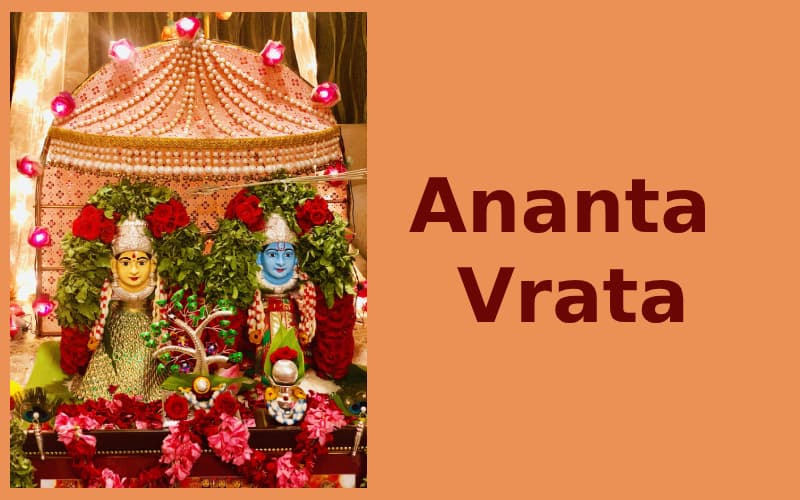
The Ananta chaturdashi-vrata (bhadrapada sukla chaturdashi) is widely observed by many Hindu families in India. It is also called as ‘Anantapadmanabha - vrata'. Lord Vishnu appeared on this day as Padmanabha lying on the couch of Aadhi Sesha (the thousand-hooded serpent). Ananta vrata is observed with the intention of fulfilment of worldly desires, so it is called a ‘kamya vrata'. This vrata is mainly observed for regaining lost prosperity.
The presiding deity of the festival is Sri Vishnu in the form of Anantapadmanabha Swamy. The deities Yamuna and Sesha also accompany Lord Mahavishnu. Ananta means the infinite and endless. Ananta Padmanabha is Lord Vishnu reclining on the snake, Aadhi Sesha in Anantha Shyana posture. This posture of Lord Vishnu is thought to resemble his concern and thoughts about the universe and its prosperity.
Srividya Shivakumar who shuttles between Coimbatore and Dharmapuri manages the JP Eurokids in Dharmapuri and her husband Shivakumar is involved in the management of Prabhakar Match Industries. Srividya was born and brought up in Coimbatore. She is daughter of Lakshmi and Ramdas (founder – Karpagam Abharana Maligai).
The family has been celebrating the festival Ananta Vrata in a rather unique manner. Srividya has been celebrating this festival which is meant to bless people with prosperity and happy matrimony for the past 15 years. Her apartment on Avinashi road was full of people and the smell of offerings was wafting through the space. Men, women, and kids draped in the best of clothes and jewelry were enjoying the company of one another after savoring a good darshan of the deity, Lord Anantapadmanabha Swamy.
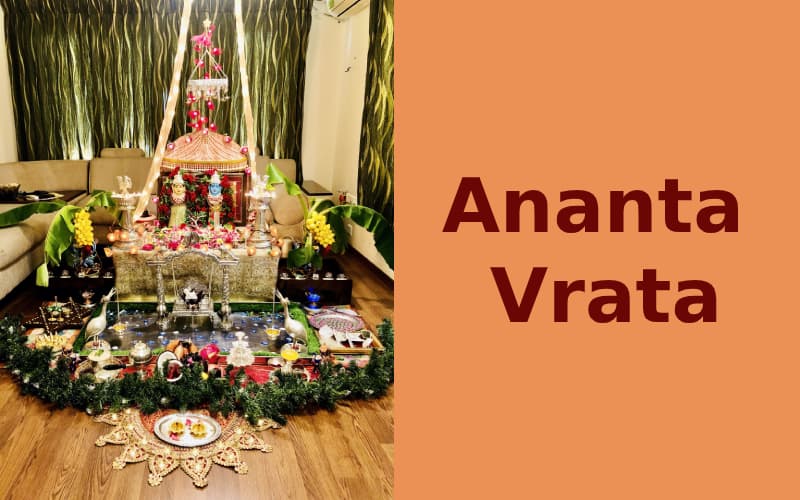
Srividya had done her homework well. The whole room was painstakingly decorated by her. Lord Anantapadmanabha could be seen in the company of everything that would endow joy and happiness. “Ananta Vrata is a pooja done by married couple. 14 is an auspicious number here and therefore we make & offer 14 of everything. The food offered has to be consumed by the family members themselves,” gleamed Srividya. She added, “We prepare the room, assemble the items, then create the setup, cook food, invite people, do the pooja, and take care of the guests. The small arts and designs that we do at the time of the festival gives us focus and also sharpens our skills.” It was a fine symbol of the continuing tradition and culture.
Paravidya Pravina T. S. Raghavendran has written a book titled ‘Ananta Vrata Katha Mahima' and it talks about the story associated with this interesting festival.
“Long ago, the Pandavas performed the Rajasuya Yagna and Yudhishtira was declared as the King Emperor of Bharatavarsha. He lost his kingdom in the game of dice to his jealous cousin, Duryodhana and had to spend 13 years in Exile.
Yudhisthira or Dharmaputra wanted to know how to get the grace of Lord Narayana first and then also regain his Empire which was lost due to the deceit of Shakuni, the uncle of Kauravas. Lord Krishna advices the Pandavas be led by Dharmaraja to perform the Ananta Vrata in order to regain the lost fortune. He tells them that there is no greater method to seek victory.”
“Sri Krishna then narrates them the story behind Ananta Vrata festival, “There was a man named Sumantu who lived during Kritaa Yuga and he was blessed with a daughter, Sila by name after his marriage with Diksha. The girl was pretty and grew up well in accordance to our ancient tradition. Unfortunately, she lost her mother and had to suffer under her stepmother, Karkasa. Sumantu arranged for a marriage to Kaundinya.
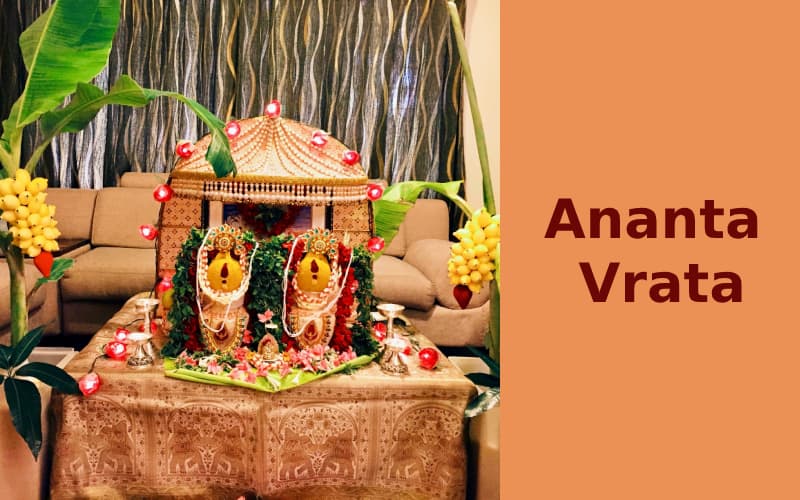
Post marriage, the couple were moving to their place and Sila saw some women doing a pooja with red cloth, red threads on the banks of river Yamuna. She understood that they were performing Ananta Vrata and on learning about the same she joined them. Sila did the pooja and the family received a lot of money and other forms of wealth. Her husband Kaundinya wanted to know the story behind the red thread. He heard her out but lost his temper. Kaundinya presumed that Sila was wearing it in order to attract him therefore he snatched the thread and threw it into the burning fire.
Sila ran behind and retrieved it. She protected the same by keeping it in a bowl of milk. Thereafter the family lost all wealth and had to face many challenges. They became sick and poor. Kaundinya requested Sila to give a solution. She told him that it was due to the insult to the sacred thread. Kaundinya then felt that he had to get proper knowledge and it was more important than the attainment of wealth. He goes to forest and has interesting experiences. He performs the Ananta Vrata festival from then for 14 years and blessed back with wealth, knowledge, and bliss. At last the couple Kaundinya and Sila reached the heavens and attained the position of a star.”
On the advice of Krishna, Pandavas performed the Ananta Vrata Yagna and got back their kingdom in a righteous manner. Whoever hears the story about Ananta Vrata and lets others know about the same will be blessed with such virtues that it cannot be described even over a period of hundred years.”
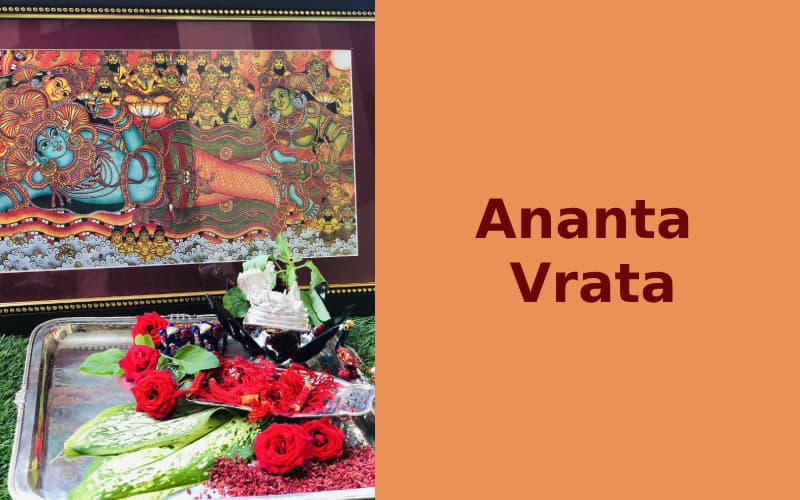
Srividya added to the wealth of information, “Lord Anantapadmanabha Swamy is celebrated at this time for the frequency is highest to receive his grace during this period. The red color is important here for it denotes madi/madugu (equivalent to hygiene and cleanliness). We use the red thread belonging to the previous year. The red dharam (thread with fourteen knots) is worn by the couple and it’s a dhampathi (couple) Pooja. We smear the Kalasam with freshly made sandalwood paste and use red sandal paste to write the words ‘Sri Anantapadmanabha Swamy' on the Kalasam (a pitcher like vessel). We wear the old dharam and prepare for the Pooja. The new dharam is placed near the Kalasam in order to get it sanctified. It is worn on the advice of the officiating priest. We prepare a 14 fist length Vastram known as ‘Koti Janjam' for the deity. We place two Kalasams on rice and banana leaves, do Ganesha Pooja, Yamuna Pooja and then the Anantapadmanabha Pooja. We use red flowers, tulasi, and ornaments. The coconuts to be placed on the Kalasam are smeared with turmeric paste and Kumkum is anointed on them. Red color is really vibrant and it calms down a persons anger. There is a lot of positive energy with this color. Red plantains are offered and we offer in 14 numbers be it the obattu, curd dosa, raisins, dates, along with puliyogare and wheat rava payasam. 14 arecanuts, 14 betel leaves, and panchagavyam with 14 rich ingredients is offered.
Nuts, dry fruits tempered with jaggery or sugar is used. Poppy seeds, elachi, figs, melon seeds, pistachios are coarsely grounded and then sautéed in ghee for the making of the same. The curd dosa will have 4 cups of rice, 1 cup of urad dhal, this rice flour is soaked in water for two hours, and the urad dhal is soaked for one hour. Later the urad dhal is grounded to a nice lathering consistency. Take the stagnant water in the soaked rice flour batter add the urad dhal. Add salt and leave it to ferment overnight. The next day, add a ladle of curd, and then make the dosa. Make red chutney as an add-on for it is in accordance with the theme color. Most importantly, the red sacred thread is prepared with 14 strands,” added Srividya. A lovely picture of Lord Anantapadmanabha Swamy and an equally impressive icon of him in silver were adding to the beauty of the environment.
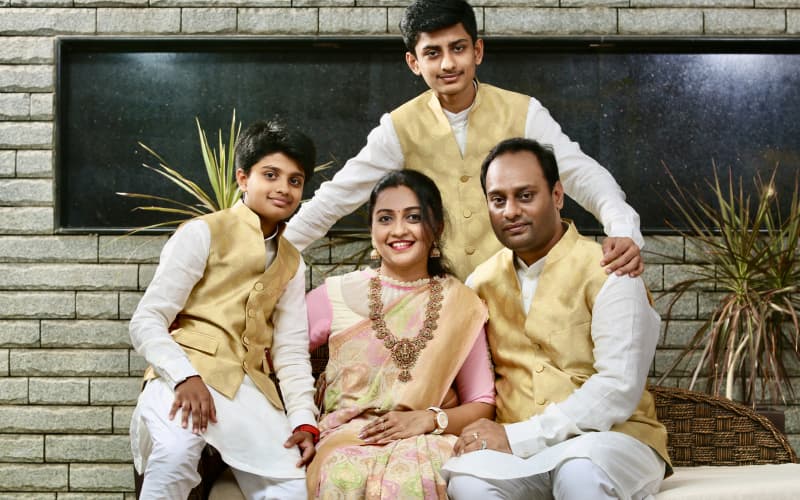
When questioned about the purpose of the Pooja, Srividya gleefully answered, “The concept is not only marital bliss or prosperity but also the wellbeing of everyone in the world. In our tradition, we call it ‘Loka Samastha Sukino Bhavantu’. The Anantadharam is auspicious for this Pooja.
One seeks to attain the goals of life known as ‘Purusharthas' in our culture. They are Dharma (moral values), Artha (security in terms of prosperity), Kama (desire), and Moksha (liberation). Sanatana Dharma known as the Hindu religion talks about the goals of life. The festival Ananta Vrata bestows endless joy, freedom from sorrow, and increases the bond of love between the couple observing the Pooja. Everyone is born to live happily in the company of their boundaries and liberties. One should never try to disturb the joy of another or the freedom of the other person. We should contribute towards the joy and liberty of others,” stated Srividya who equipped with a notebook prepared under the guidance of her grand mother-in-law, Lakshmikanthamma.
Srividya spoke about the important temples of the reclining Lord Anantapadmanabha. Her first recall was the historical Anantapadmanabha Swamy in Thiruvananthapuram followed by the Anantagiri Temple in Hyderabad, Shrikshetrakuduppu near Mangalore, Srirangapatna Ranganatha Temple, Jaganmohana Ranganatha Temple in Sivasamudram, Sriranganathar Temple in Srirangam. Sri Vishnu Sooktam and Sri Vishnu Sahasranama are recited at the time of this Pooja. This story would perhaps make one ponder about the wealth that can be received due to the grace of Lord Anantapadmanabha Swamy in Thiruvananthapuram. The story of Diwakaramuni and Lord Anantapadmanabha Swamy has been well conveyed by T. S. Raghavendran in his book.
“We get infinite joy which is traditionally known as Ananta Santosha on the observance of Ananta Vrata with the full family,” proclaimed Srividya and Shivakumar.
NEXT ARTICLE
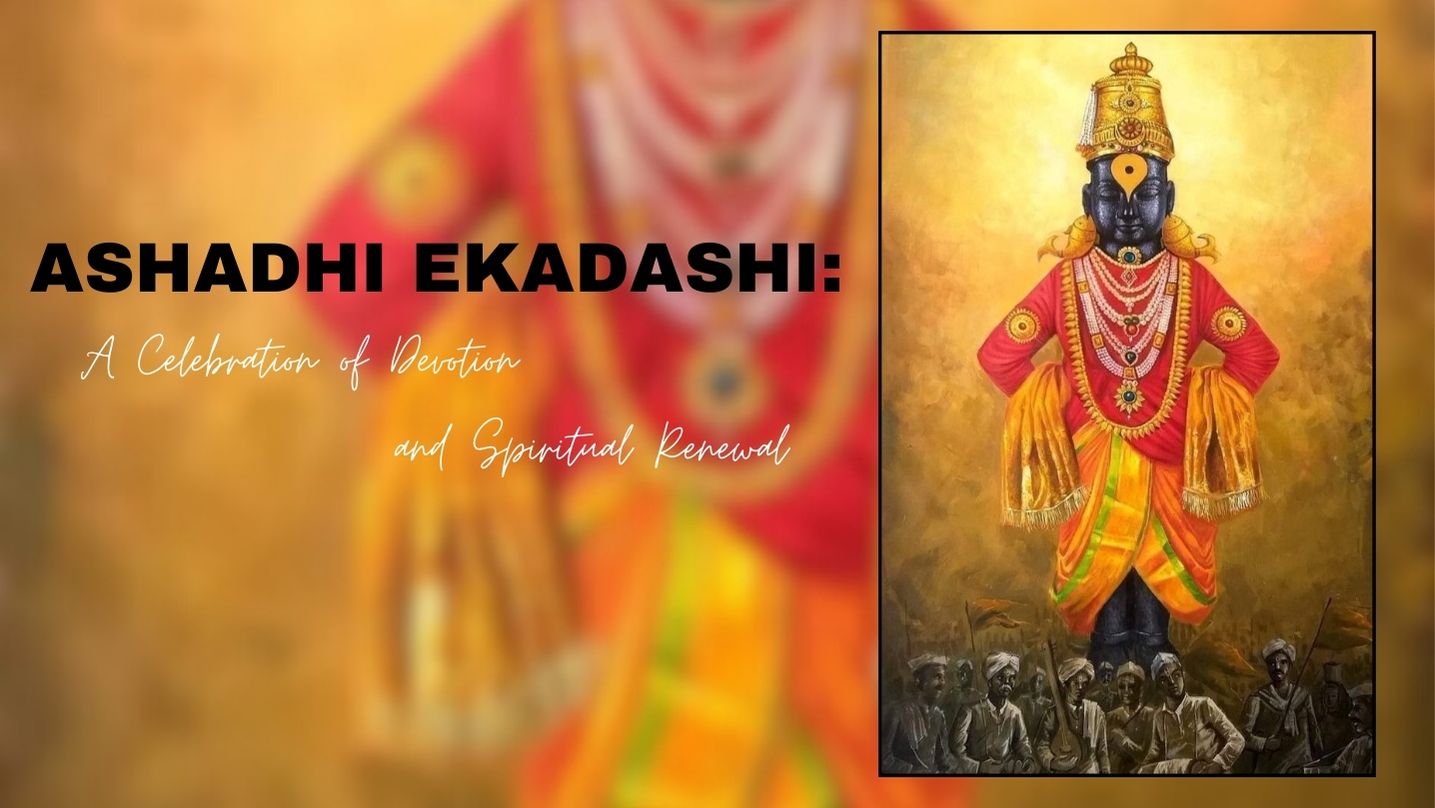
Ashadhi Ekadashi, also known as Shayani Ekadashi, falls on the 11th lunar day (Ekadashi) of the bright fortnight (Shukla Paksha) of the Hindu month of...
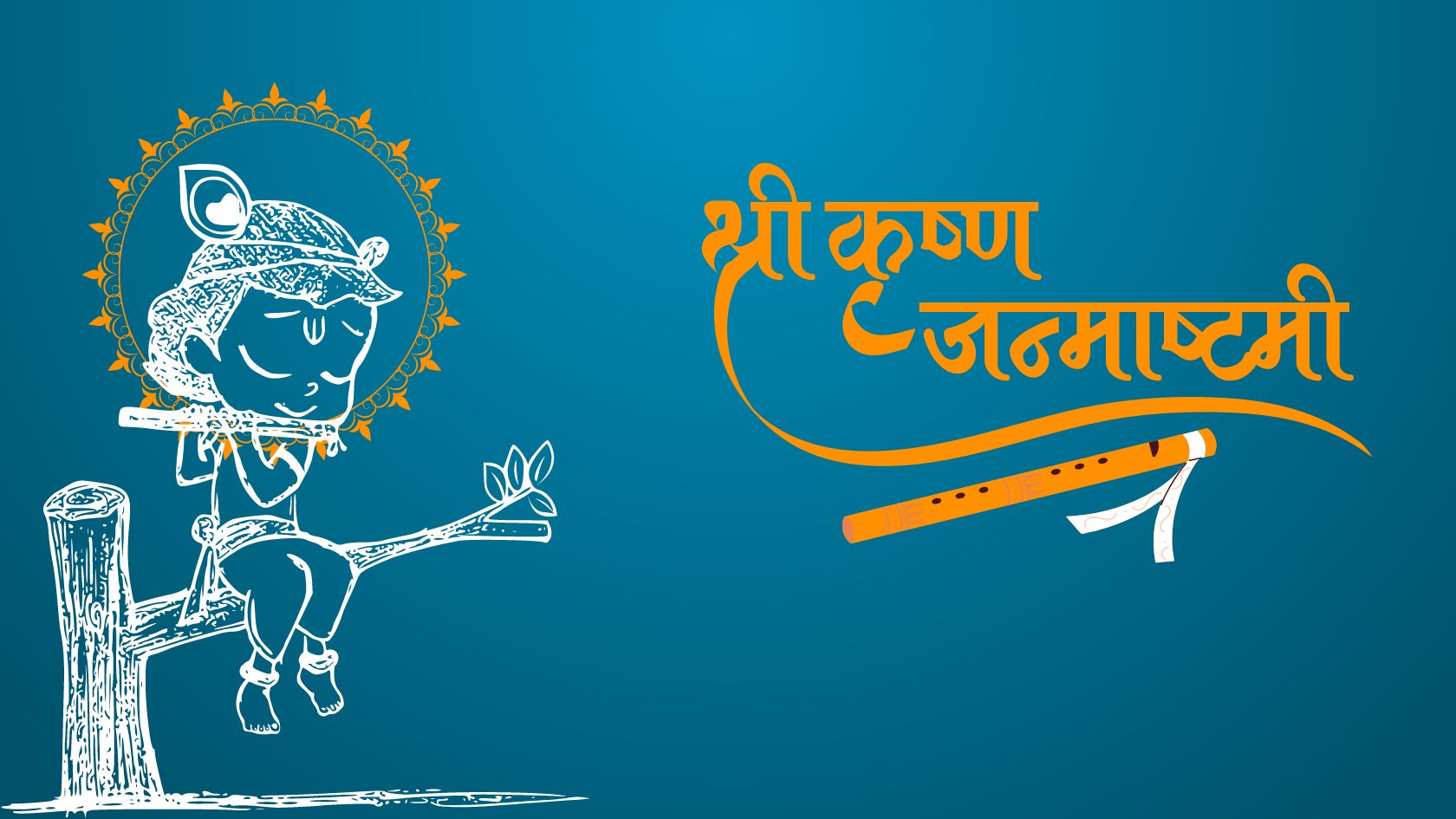
Every year, as the monsoon rains dance on the fields of India, an ancient story unfolds in the hearts of millions. It is the story of Krishna, the bel...
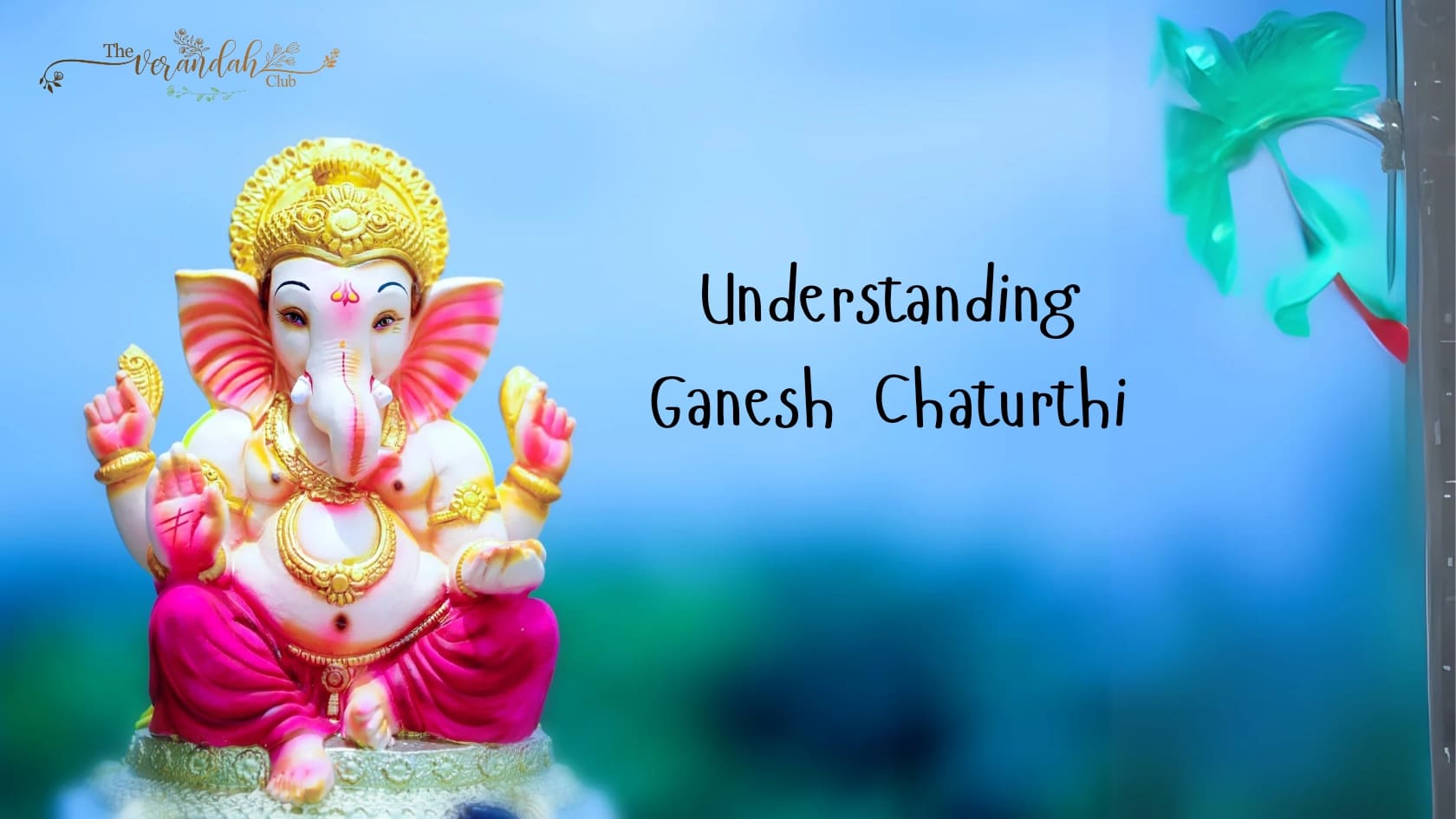
Ganesh Chaturthi, also known as Vinayaka Chaturthi, is a significant Hindu festival that honors Lord Ganesha, the deity revered as the remover of obst...